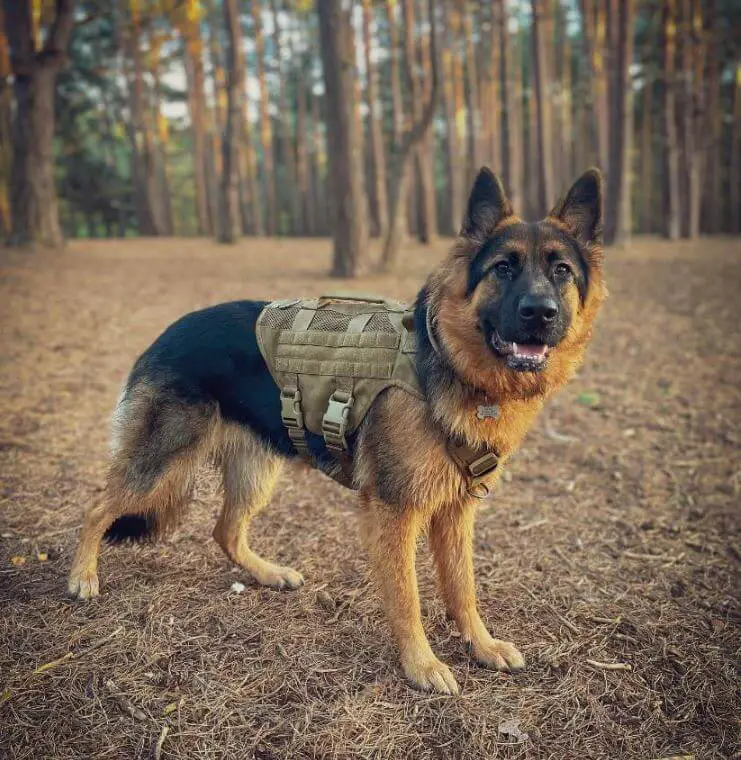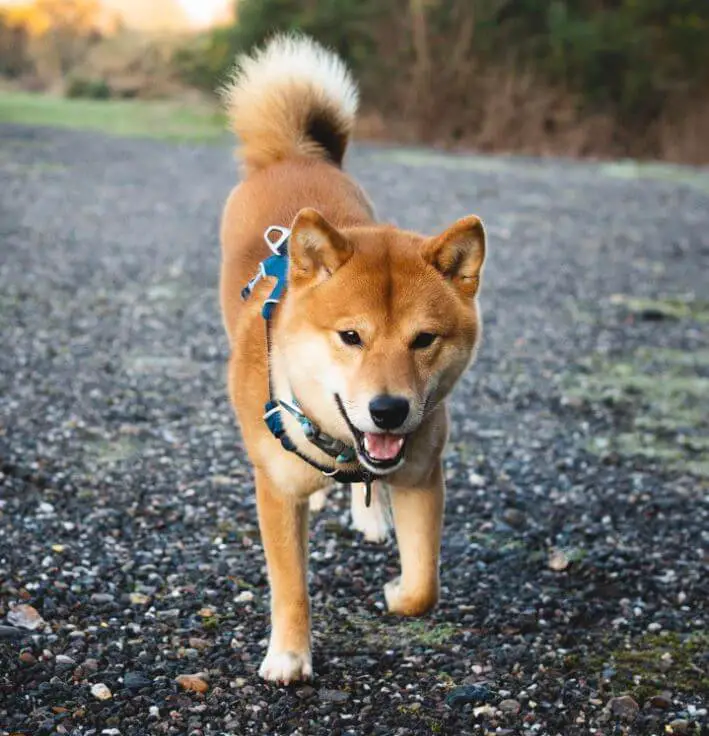Reward-based dog training is a positive and humane approach to teaching your canine companion good behavior. By utilizing rewards like treats, praise, and toys, you can motivate your dog to learn and follow commands while strengthening the bond between you and your furry friend. In this article, we’ll explore four essential tips for successful reward-based dog training.

Tip 1: Choose the Right Rewards
The first step in effective reward-based dog training is selecting the appropriate rewards. These can vary from dog to dog, so it’s essential to discover what motivates your furry friend. Common rewards include:
- Treats: High-quality, small treats that your dog finds irresistible are excellent motivators.
- Verbal Praise: Dogs respond well to encouraging words and a cheerful tone of voice.
- Toys: Interactive toys or a favorite plaything can be a great reward for some dogs.
- Affection: Many dogs thrive on physical affection like petting, belly rubs, or cuddles.
By using rewards that resonate with your dog, you ensure they are motivated to perform the desired behavior.
Tip 2: Timing is Key
In reward-based training, timing is everything. To reinforce the connection between the action and the reward, you should provide the reward immediately after your dog exhibits the desired behavior. This instantaneous reinforcement helps your dog understand what they did right.
For example, if you’re teaching your dog to sit, give them a treat the moment their bottom touches the ground. The quicker the reward, the clearer the message to your dog.

Tip 3: Consistency is Essential
Consistency is a fundamental principle of reward-based training. It’s vital that all members of your household use the same commands and reward system. Conflicting messages can confuse your dog and slow down the training process.
Additionally, you must be consistent in rewarding the good behavior you want to reinforce. If you reward your dog for sitting one time but not the next, it can create uncertainty and hinder the learning process. Always reward the behaviors you want to see more of.
Tip 4: Keep Training Fun and Engaging
Training should be an enjoyable experience for both you and your dog. To keep it fun and engaging, follow these guidelines:
- Short Sessions: Dogs have a limited attention span. Keep training sessions brief, typically around 10-15 minutes.
- Variety: Change up the commands and behaviors you’re working on to prevent boredom.
- Positive Environment: Create a positive and encouraging atmosphere. Avoid raising your voice or showing frustration.
Remember that training is not just about obedience; it’s also an opportunity to bond with your dog and strengthen your relationship.

Reward-based dog training is a highly effective and humane approach to teaching your furry friend good behavior while fostering a strong bond. By selecting the right rewards, perfecting your timing, maintaining consistency, and keeping training sessions enjoyable, you can guide your dog to become a well-behaved and obedient pet. This positive and loving environment ensures that your dog thrives and enjoys the learning process.
